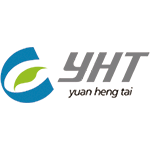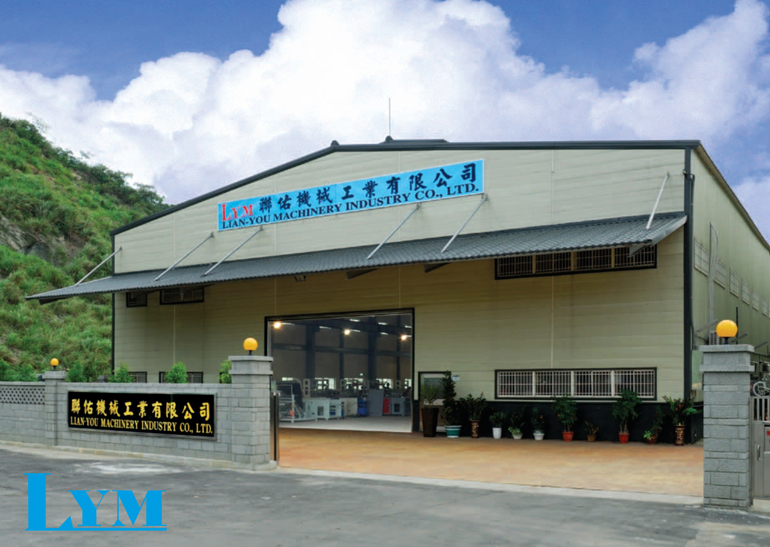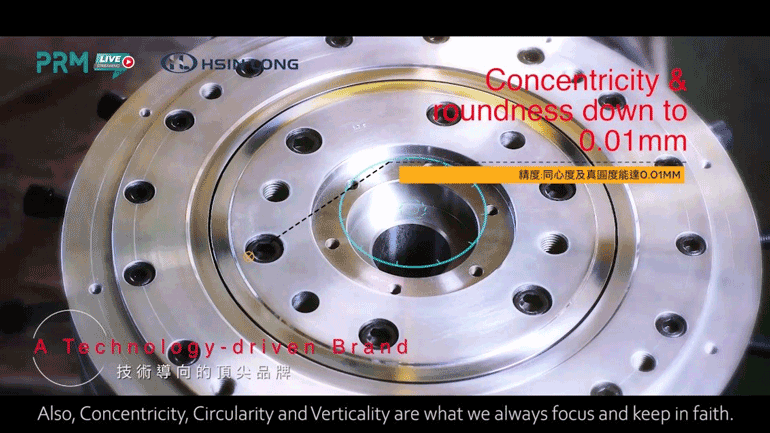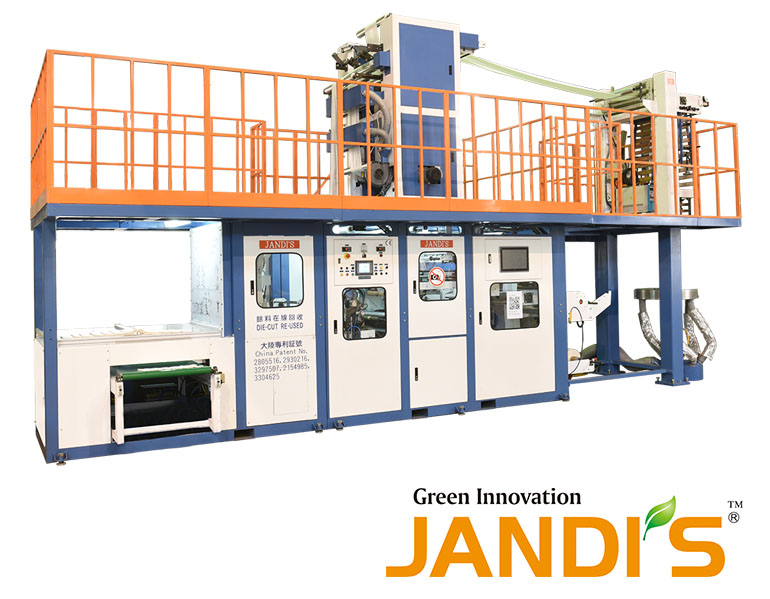Yuan Heng Tai: New Technologies for Surface Decoration
What exactly is Cubic Printing?
Cubic Printing is a relatively recent Surface Decoration Technology. It is also known as hydro dipping or water transfer printing, and it is a method of applying a customized design to different materials such as glass, ceramic, metal, and plastic. They involve immersing an object with a print design in water.
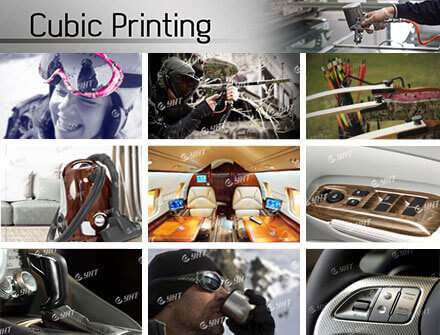
What is the Cubic Printing Process?
The cubic printing process is simple. The process includes base coating, water transfer printing and top coating. It is a method of applying printed designs to three-dimensional objects. As the name implies, the dipping process uses water. The film is a PVA based material designed for maximum flexibility when dipped in water and for strong adhesion to the surface of the object. The printed film floats on the surface of the water, and then the activator is applied to it, the function of the activator is to return the ink to its original liquid state, the object is then submerged into the tank allowing the ink to wrap around it.
Read also : Beginner’s Guide to Hydrographic Water Transfer Printing
What is Cubic Transfer Printing Film?
The Cubic Printing Film makes it possible to express 3D designs, creating realistic camo, wood or any desired patterns with depth and texture. The Cubic Printing Technology can be used for a wide range of materials and industries. That could be interiors or exteriors in automobiles, aircraft, fashion accessories, electronic appliances, hunting guns or home appliances.
As a leading manufacturer of Cubic Printing Films and Equipment, YHT has helped lots of manufacturing clients and brand owners to turn their concepts into reality for complex shapes by providing the cubic printing total solutions in over 50 countries, including United States, European, Asia countries.
Cubic printing is a great way to customize your 3D printed products. However, it can be difficult to get the hang of it. Here are the 5 tips that you must know about cubic printing:
1. Storage condition of the Cubic Printing film
It’s important to have temperature and humidity control to avoid wrinkles in the cubic printing films. After using the film, pack them back to the plastic and put into the carton. The recommended temperature and humidity to store the cubic printing films: Temperature: 20 - 25 °C. Humidity 50% ~ 60%.
2. Water Temperature of Dipping Tank
For YHT Hydro Dipping Film, the ideal water temperature range for hydrographic dipping is 36 °C to 38 °C.
- If the water temperature is too low, the cubic printing film may not melt properly, the film would be wrinkled and not transfer-printed properly onto the product and the result would be a mess.
- If the water temperature is too high, the evaporation of the activator makes the ink not acting properly, and it may cause bubbles also.
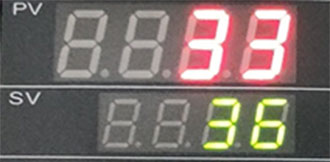
3. Quantity of Activator
Too little activator will not fully liquefy the film, and it will not adhere to the product. Too much activator may cause the ink to disperse and not properly adhere to the product.The activator can apply manually or automatically.
4. The Angle of the Immersion
Different shapes of products have different angles when dipping, it’s important to find the proper angle for the items.
The most important is to avoid air between the film and the product’s surface when dipping, because air causes bubbles and the bubbles make the transfer defection.
5. Immersion Failure
Different situations below which may cause the transfer printing failure:
- Cleanliness of the product's surface: make sure there’s no oil or dust, the surface of the products are clean
- Primer or base coat: make sure the primer or the base coat is suitable for the material
- Activator: not enough activator or too much activator
- Film: the hydrographic film is too old or too wrinkle
- Water Temperature: too cold or too hot
- Dissolving time: too much or not enough
- Angle: the point of entrance of the product is not the proper side or, the angle is not correct
Examples of Cubic Printing
Cubic Printing is widely used in different markets, the examples include :
- Camouflage patterns are popular in hunting equipment or outdoor products. It is the most popular pattern for guns, such as rifles, shotguns, crossbow, spinning reel, revolver, handgun, firearm, pistols, etc.
Read also : Camo Films - 3 Most Common Hydro Dip Gun Patterns

- Wood Grain patterns are popular in aircraft interiors, automotive industry, home appliances, daily life, etc.

- Carbon Fiber patterns are popular in automotive, motorcycle and motors scooters, outdoor products, etc.

For more examples of cubic printing for different industry, please read also: Applications
Cubic Printing Film Manufacturer
YHT has been the leading manufacturer of high-quality Cubic Printing Films and Equipment since 1990. More than 1000 Custom Cubic Printing Films are provided. YHT has helped over 1000 businesses and brands to get started with Hydrographics. Many Well-known and highly respected companies around the world employ YHT Cubic Printing Films such as TWN Industry in the States.
- If you want to know more about these and our other hot hydro films, please check the link below. Water Transfer Printing Films
- To keep updated about the latest news from the YHT, please follow us on our Social Media Channels:
- YHT YouTube
- YHT Facebook
- YHT Instagram
- YHT Twitter
- YHT Pinterest
Original post: Cubic Printing 101 - Technology for Surface Decoration
A good pattern will make your product feel more different. Water Transfer Printing (WTP) Film is an excellent option than traditional printing methods.
YHT is professional manufacture of hydro dipping film and hydro dipping machine. Over the past 32 years, YHT has been working with so many international well-known brands.
Adding some personal touch to your products, make your products to be the UNIQUE in the market.


